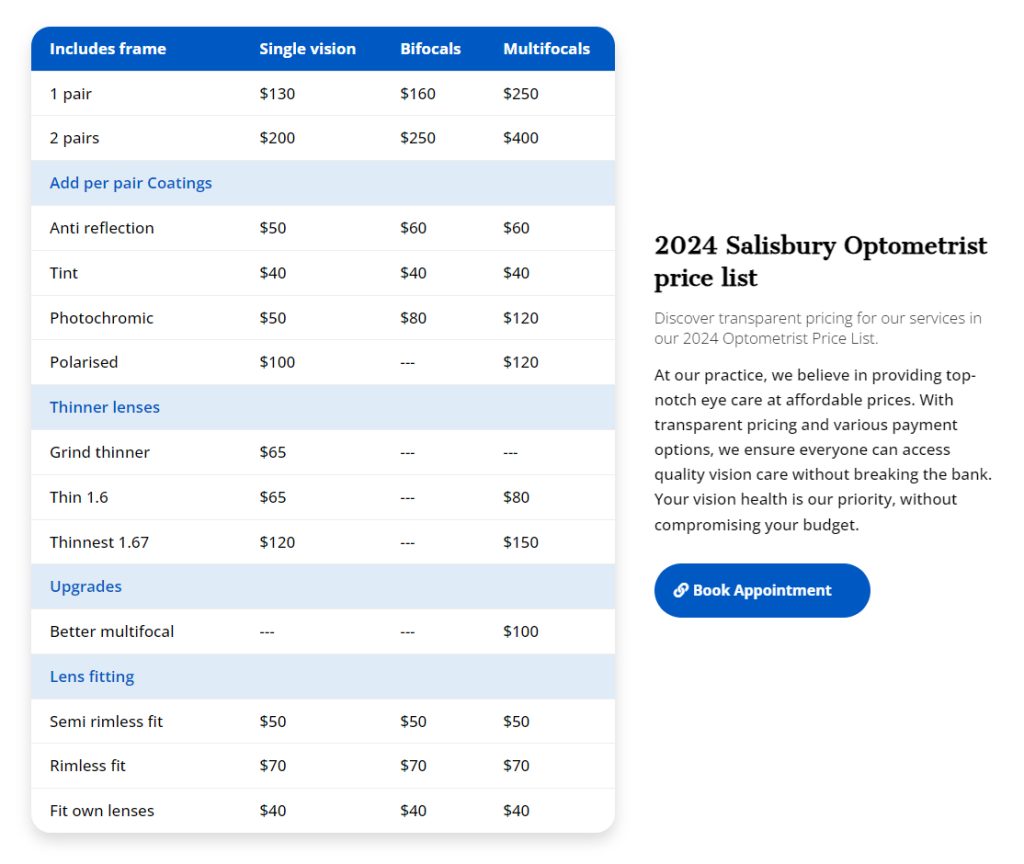When one chooses the appropriate eyewear for them, the significance of selecting the right thin glasses extends beyond mere style considerations. It is an integral aspect of ensuring optimal vision and unmatched comfort.
Our eyes play a pivotal role in our lives, hence, the selection of glasses tailored to individual needs becomes a crucial decision.
In this blog, we aim to shed some light on the essential factors individuals should ponder when navigating the vast landscape of thin glasses. From face shapes to prescription requirements and personal style preferences, the process involves a delicate balance of aesthetic appeal and functional efficiency.
In a world where eyewear has evolved beyond mere vision correction tools, understanding these key factors becomes paramount. So, join us now on this journey to exploring the nuanced art of selecting thin glasses.
Face Shapes and Thin Glasses
Understanding face shapes is crucial when selecting thin glasses, ensuring a harmonious balance between facial features and eyewear. Different face shapes—oval, round, square—affect thin glasses‘ overall aesthetic appeal and comfort.
-
Oval Face Shape
Characteristics: Balanced proportions, slightly wider cheekbones.
Recommendation: Virtually any thin glasses style complements an oval face, but opt for frames that maintain the natural balance without overwhelming facial features.
-
Round Face Shape
Characteristics: Soft curves, equal width, and length.
Recommendation: Opt for angular thin glasses to add definition and elongate the face. Rectangular or cat-eye frames work well.
-
Square Face Shape
Characteristics: Strong jawline, forehead, and cheekbones of similar width.
Recommendation: Choose thin glasses with rounded or oval frames to soften the angular features. Avoid overly geometric shapes.
-
Heart Face Shape
Characteristics: Broad forehead, narrow chin.
Recommendation: Thin glasses with bottom-heavy frames, like aviators or cat-eye styles, can balance the top-heavy face shape.
-
Diamond Face Shape
Characteristics: Narrow forehead and jaw, wider cheekbones.
Recommendation: Rimless or semi-rimless glasses work well, emphasizing the cheekbones without adding unnecessary width.
-
Rectangular Face Shape
Characteristics: Longer face with a straighter cheek and jawline.
Recommendation: Opt for wider frames with rounded or unswept corners to add width and balance to the face.
-
Oblong Face Shape
Characteristics: Elongated face with balanced forehead, cheekbones, and jaw.
Recommendation: Consider wider frames with contrasting colors or patterns to break up the length of the face. Rectangular or square shapes can add structure.
Personalized Consultations for Thin Glasses
Personalized consultations with a Salisbury optometrist elevate the glass selection process beyond routine eye exams. Optometrists delve into an individual’s preferences, meticulously assessing daily activities and specific vision challenges. This comprehensive understanding enables optometrists to recommend thin glasses tailored to unique needs.
These consultations prioritize factors like lifestyle demands, addressing issues such as prolonged screen time or specific occupational requirements. The best eye specialist consider frame materials and designs, ensuring both comfort and durability. By aligning glasses with individual preferences, optometrists enhance the likelihood of eyewear satisfaction and prolonged usage.
Moreover, personalized consultations facilitate discussions on lens coatings, tints, and additional features tailored to lifestyle demands, be it reducing glare for computer use or enhancing UV protection. The result is a meticulously curated thin glasses prescription that not only corrects vision intricacies but also seamlessly integrates with an individual’s daily life.
Incorporating the Latest Trends in Thin Glasses
Incorporating the latest trends in thin glasses extends beyond aesthetics, encompassing functional aspects that enhance the overall eyewear experience. Modern trends prioritize not only stylish designs but also innovative features for improved functionality. Also, frame materials in thin glasses have evolved to be more durable, lightweight, and adaptable.
With their knowledge of industry advancements, the best eye specialist guide clients toward materials that offer comfort and resilience. Additionally, lens technologies, such as anti-reflective coatings and blue light filters, align with the functional demands of the digital age, reducing glare and minimizing eye strain.
Optometrists ensure that the latest trends in thin glasses include ergonomic designs, and optimizing fit for enhanced comfort during prolonged wear. By integrating these functional elements into trend-conscious glasses, optometrists strike a balance between style and practicality, providing clients with eyewear that not only looks contemporary but also addresses their specific vision and lifestyle needs.
Wrapping Up
The journey to selecting the right glasses involves a delicate balance of aesthetic appeal and functional efficiency. Each elements discussed in this blog contributes to an eyewear experience that goes beyond mere vision correction.
As eyewear transcends its role as a vision correction tool, personalized consultations with a Salisbury optometrist emerge as a crucial step. These consultations, addressing individual preferences and lifestyle demands, ensure a seamless thin glasses selection process.




0 Comments